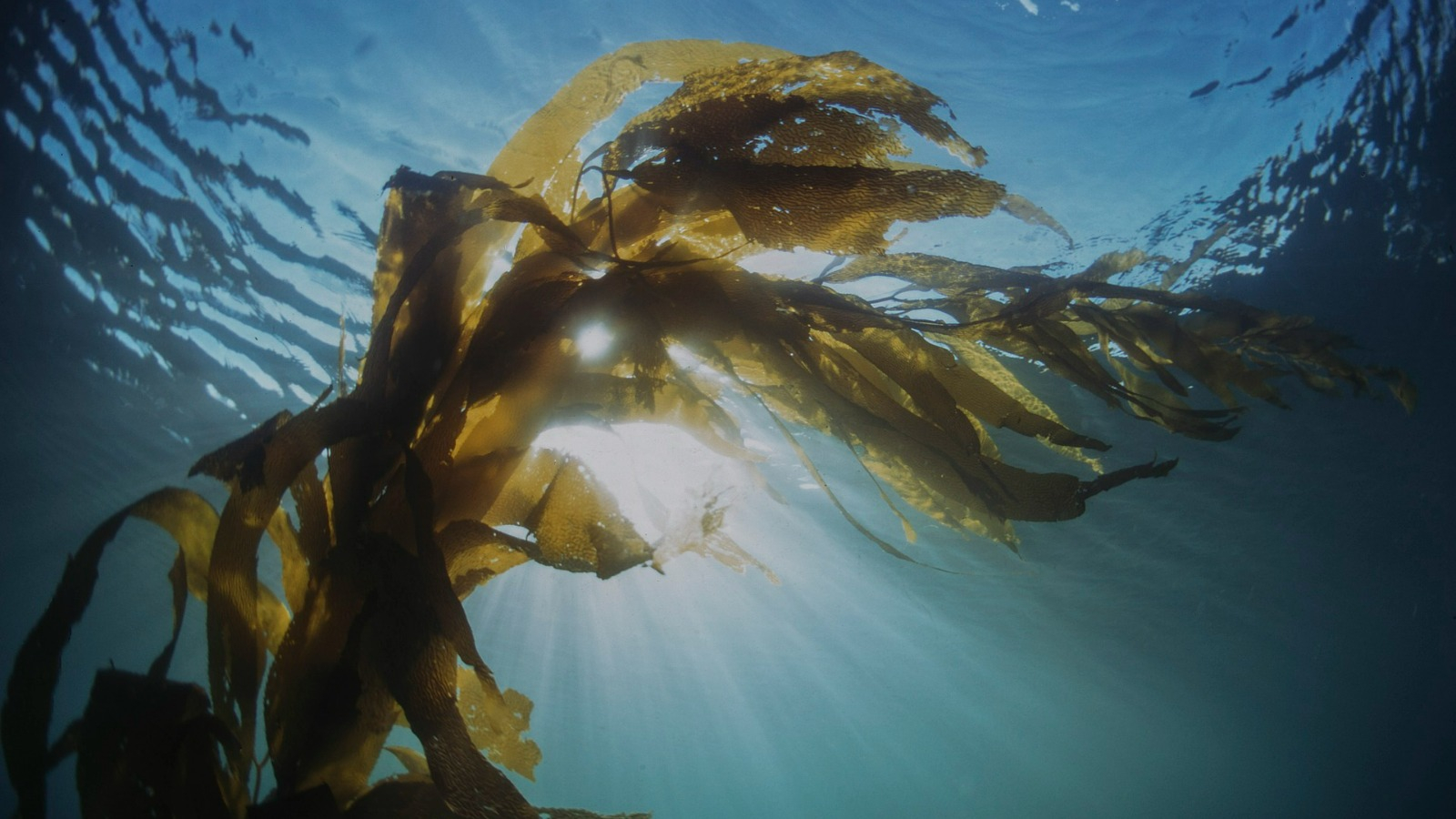
Tell your state legislators: Preserve Oregon’s coastal ecosystems
Oregon's ocean is incredible and House Bill 4132 can better protect it.
Populations continue to drop due to sea star wasting syndrome. Might a new scientific technique offer some hope?
Sea stars, particularly sunflower sea stars, are keystone species in the Pacific Northwest. They can grow over twenty limbs and span over a meter across.
Historically, large populations of them inhabited coastal waters and tidepools. As a species, they are effective predators of purple sea urchins, which if unregulated, destroy kelp beds that serve as massive carbon sinks in a warming world, and as habitat for species like Dungeness crab and octopus.
In recent years, warming seas fueled by climate change has exacerbated Sea Star Wasting Syndrome, which causes sea stars to dissolve. It’s gotten so bad that their populations are just a fraction of what they used to be. Now, ocean scientists in Oregon have developed a technique in an effort to save them.
Since implementing their technique, researchers at Oregon Coast Aquarium have rehabilitated over 15 of them and hope that scientists across the Pacific Northwest can mimic the method and help this keystone species avoid extinction.
You can read more about these efforts, and what to do if you see an afflicted sea star here.
Oregon's ocean is incredible and House Bill 4132 can better protect it.
Send a message
